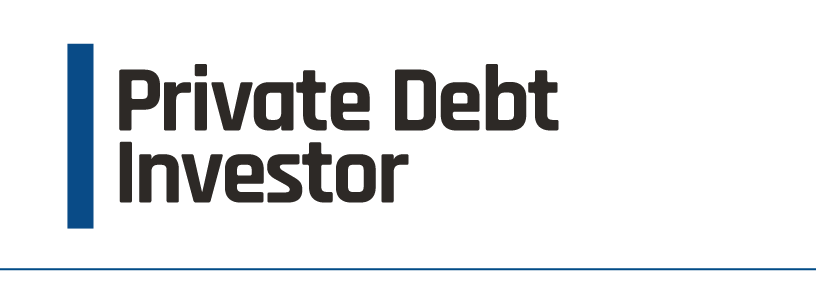
Home Sponsored
Sponsored
Chief investment officer Tyler Lindblad outlines how to manage risk to protect returns in a private debt portfolio.
Private equity sponsors have the confidence to step back into the market after a sluggish 2023, say Bridgepoint Credit’s Paul Johnson and Andrew Cleland-Bogle.
Yields from private debt are currently at decade highs, potentially making this a very attractive vintage for the asset class, says Bill Sacher, partner and head of private credit at Adams Street Partners.
With low levels of leverage, enhanced structural protections and limited competition, the European lower mid-market is the place to be, say Apera Asset Management partners Klaus Petersen and David Wilmot.
The lower mid-market offers distinct advantages in all kinds of macroeconomic weather, say NXT Capital co-heads Ted Denniston and Joe Lazewski.
The key to investing in the mid-market is the ability to pivot across geographies and different industries, says Michael Ewald, a partner and global head of private credit at Bain Capital.
The testing market makes this the ideal time to assess which managers have the most resilient portfolios, says MV Credit’s Frédéric Nadal.
The big challenge facing smaller companies is the ongoing reduction in bank lending and the lack of viable alternatives, says Theo Dickens, managing partner at Prefequity.
Lenders to sponsors face declining odds and a rise in creditor-on-creditor violence, says Greg Racz, president and co-founder, and Daniel Leger, managing director at MGG Investment Group.
Demetry Zilberg, chief technology officer at Alter Domus, considers the latest developments in artificial intelligence and how private debt can benefit.














